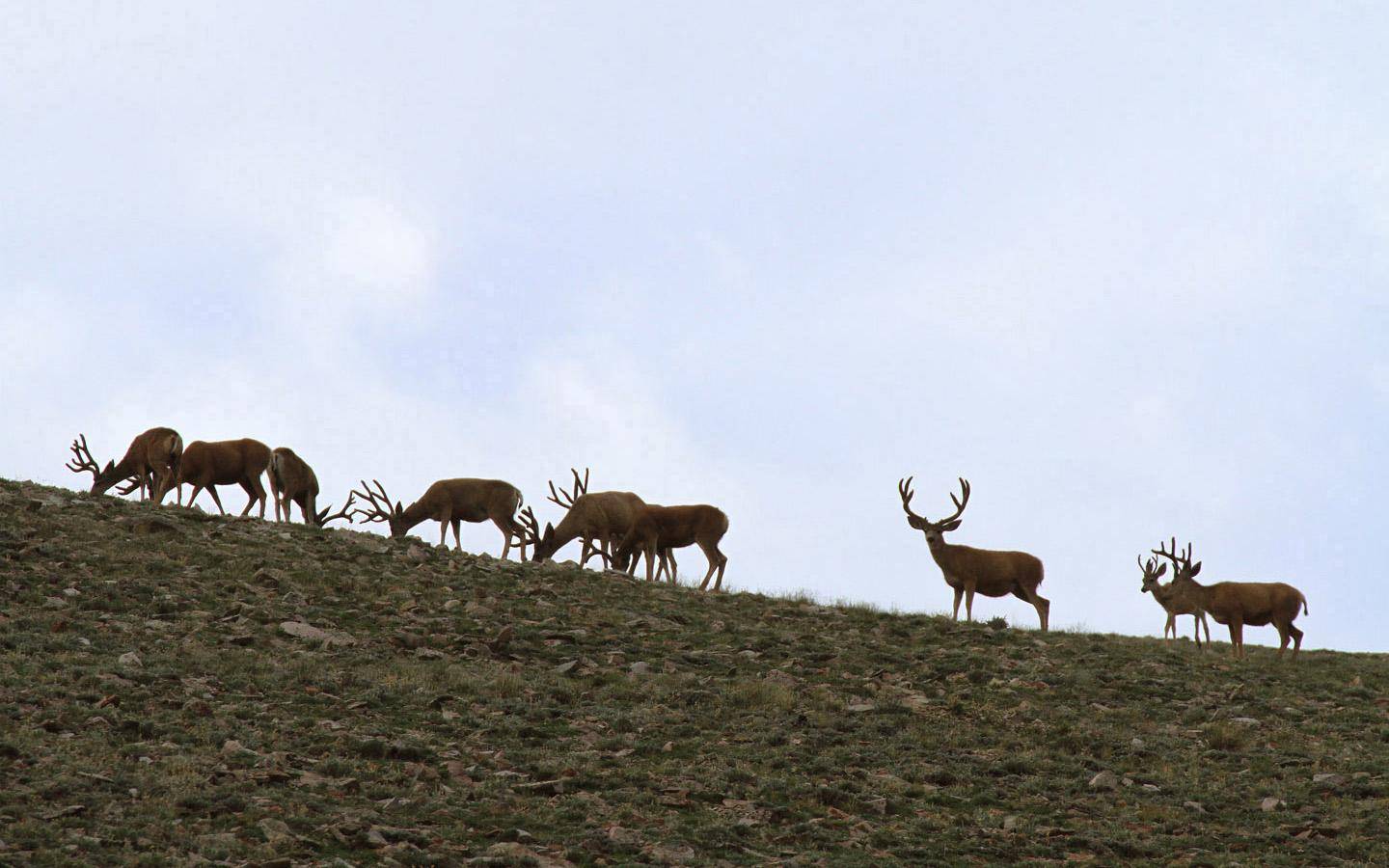DWR News Release
Chronic wasting disease was first detected in mule deer in Utah in 2002 in northeastern Utah, and the Utah Division of Wildlife Resources recently confirmed it has now spread to deer in the Payson area of Utah County as well.
Chronic wasting disease is a relatively rare transmissible disease that affects the nervous systems of deer, elk and moose. The disease was first discovered in Utah in 2002 in a buck deer harvested during the rifle hunt near Vernal.
The DWR monitors for the spread of chronic wasting disease in big game animals across Utah and conducts check stations each fall during the general-season rifle deer hunts to test harvested deer in specific hunting units. The samples taken from deer during this year’s check stations were sent to the Utah Veterinary Diagnostic Laboratory in Logan, and the DWR recently received the test results.
Between July 1 and Nov. 28, DWR biologists have confirmed 26 positive cases of chronic wasting disease, including 25 deer and one elk. Of those animals, 18 were harvested by hunters, five were found dead and three were sick animals that were reported and euthanized by the DWR.
The majority of the positive CWD cases were from northeastern Utah, but a positive deer was also located in Payson, which is a new area for chronic wasting disease. Three deer from Moab also tested positive, which is an ongoing hotspot for the disease. Two deer from North Salt Lake were also among the positive CWD cases, which is another recent hotspot for the disease after a deer tested positive for the first time there last year.
Currently, 188 mule deer and four elk have tested positive for CWD in Utah. CWD is currently found in areas of northeastern Utah, southeastern Utah and northern Utah. Visit the DWR website to see a map of the areas of Utah with CWD (but note that the map hasn’t yet been updated with these latest cases.)
“We can’t accurately compare each year’s positive cases to determine how fast the disease is spreading because we sample different areas of the state each year that have different prevalence; alternatively, we compare each unit from year to year,” DWR State Wildlife Veterinarian Ginger Stout said. “However, we are finding the disease in new areas, so unfortunately, it does appear to be spreading in Utah. We are continuing to do extensive monitoring and trying different hunting strategies to stay on top of the disease and its prevalence in the state.”
Chronic wasting disease is caused by a misfolded protein, called a prion, that aggregates in the brain and spinal cord. It is caused by the same type of misfolded protein as “mad cow disease” in cows. Infected animals develop brain lesions, become emaciated, appear listless and have droopy ears. They may also salivate excessively and eventually die.
Infected animals may shed prions in their urine, feces and saliva. Transmission may occur directly through contact with an infected animal or indirectly through environmental contamination. (A dead carcass can contaminate the soil.) Prions are extremely resilient in the environment and can stay infectious for years.
While the Centers for Disease Control says the risk of transmission from animals to humans is considered extremely low, they recommend not consuming meat from animals infected with chronic wasting disease.
If you see any deer that appear sick, please report it to the nearest DWR office.

